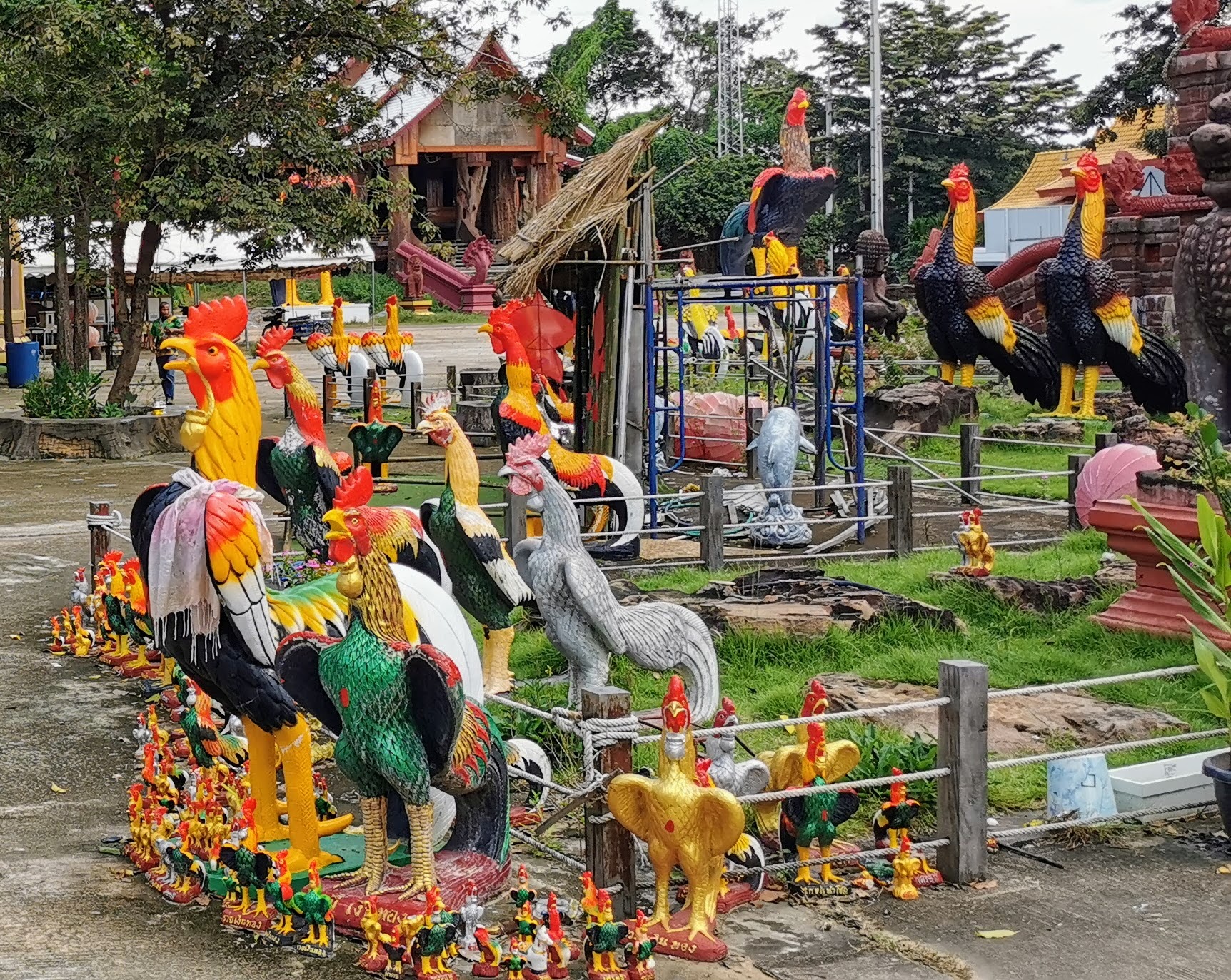In the land of smiles, where golden temples gleam and street food reigns supreme, there exists a curious phenomenon that might leave you cocking your head in wonder: the omnipresent, larger-than-life rooster statues. These flamboyant fowl are not just your average barnyard decor. Oh no, they are the avian ambassadors of prosperity, the feathered sentinels of good fortune, and the unofficial mascots of Thai spiritual swagger.
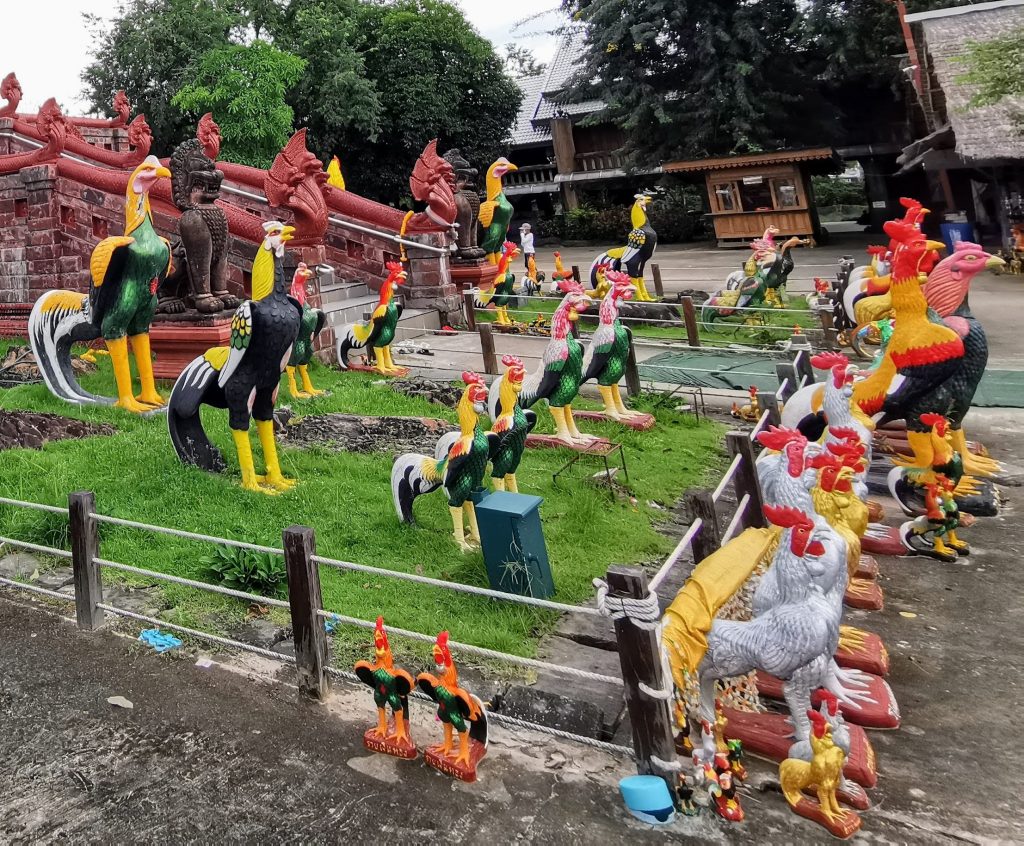
Why the Rooster? A Tale of Legends and Luck
To understand Thailand’s obsession with rooster statues, we must first delve into the mystical world of Thai folklore and Buddhism. The rooster, or kai in Thai, is no ordinary bird. It is a symbol of vigilance, bravery, and, most importantly, victory over darkness. Legend has it that the rooster’s crow heralds the dawn, scattering evil spirits and bringing light to the world. In Buddhism, the rooster is one of the three animals (alongside the pig and the snake) depicted in the “Wheel of Life” representing desire and attachment. But don’t let that fool you — this bird is no mere cautionary tale. It’s a powerhouse of positivity.
In Thai culture, the rooster is also associated with the Chinese zodiac, where it symbolizes honesty, punctuality, and, oddly enough, a flair for the dramatic. Those born in the Year of the Rooster are said to be confident, hardworking, and blessed with a knack for turning heads. It’s no wonder Thais have embraced this bird as a symbol of success and protection.
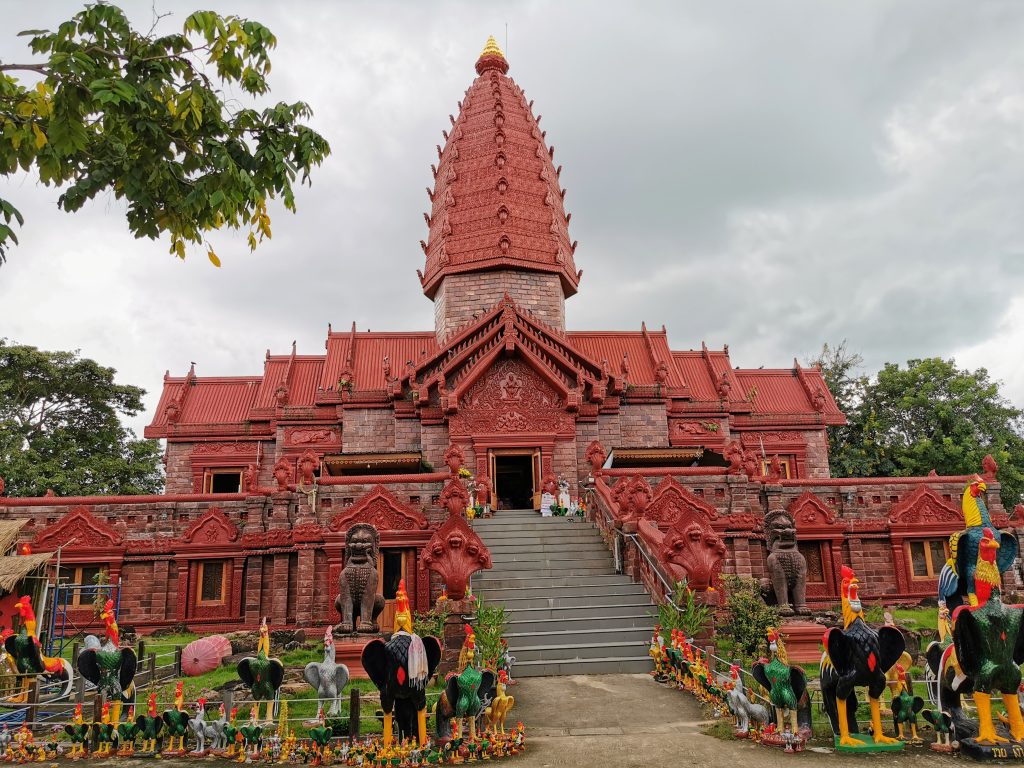
Temple Titans: When Roosters Rule the Roost
Step into any Thai temple, and you’ll likely encounter a rooster statue so grand it could double as a parade float. These temple titans are often perched atop pillars, their beaks held high, their feathers meticulously carved, and their presence impossible to ignore. But why are they so big? Well, in Thai culture, size matters — especially when it comes to warding off bad luck and attracting good vibes. A towering rooster statue is like a spiritual bouncer, keeping negativity at bay while ushering in prosperity.
These statues are often found in temples dedicated to Kai Thaen, a deity associated with roosters and protection. Devotees believe that offering prayers and donations to these statues can bring good fortune, especially in matters of business and health. Some even say that rubbing the rooster’s comb (the red, fleshy bit on its head) can amplify your luck. Just don’t be surprised if you see a queue of eager believers waiting for their turn to give the bird a good polish.
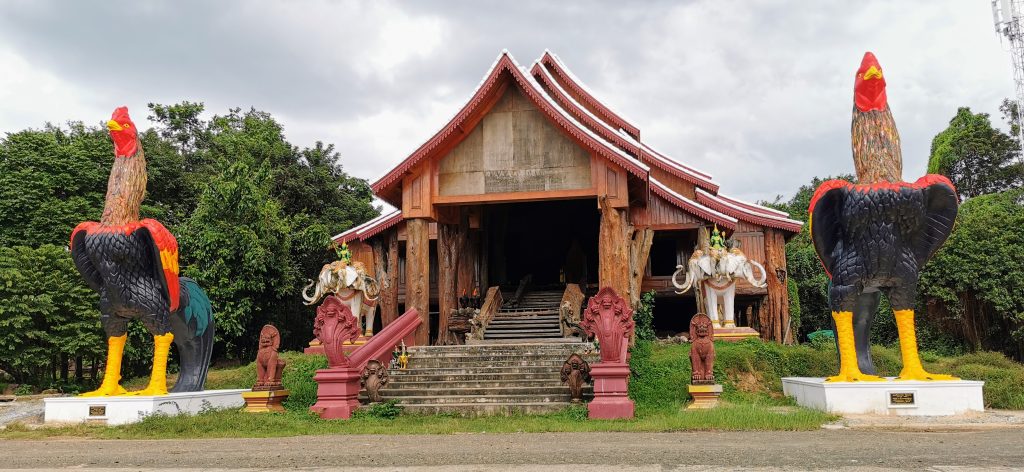
Home is Where the Rooster Is
But the rooster’s reign doesn’t stop at the temple gates. Oh no, these feathered icons have strutted their way into private homes, gardens, and even shopping malls. Walk through a Thai neighborhood, and you might spot a rooster statue guarding a front door, its wings outstretched as if to say, “Not on my watch, bad luck!”
For many Thais, having a rooster statue at home is like having a personal luck generator. It’s believed to bring wealth, protect the household, and add a touch of rustic charm to the decor. Some homeowners go all out, commissioning custom-made rooster statues that are as elaborate as they are enormous. Imagine a rooster the size of a small car, painted in vibrant hues of red, gold, and green, standing proudly in a garden like a feathered king surveying its domain. It’s both awe-inspiring and slightly absurd — a perfect reflection of Thailand’s love for the extravagant.
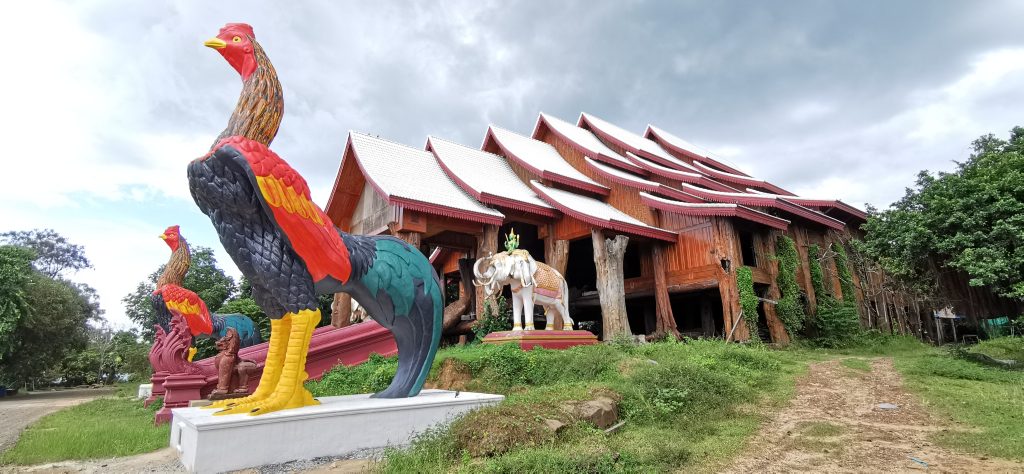
The Rooster Economy: A Feathered Goldmine
The popularity of rooster statues has spawned an entire industry, with artisans crafting everything from palm-sized trinkets to gargantuan garden centerpieces. In places like Nakhon Pathom and Ayutthaya, you’ll find workshops dedicated to churning out these iconic birds. The craftsmanship is impeccable, with each statue boasting intricate details, from the curve of the beak to the texture of the feathers.
But it’s not just about aesthetics. These statues are big business. A high-quality rooster statue can fetch thousands of dollars, especially if it’s been blessed by a monk or carved by a renowned artist. For some, owning a rooster statue is a status symbol — a way to show off their wealth and good taste. For others, it’s a heartfelt investment in their family’s future. Either way, the rooster economy is thriving, and these birds are flying off the shelves faster than you can say “cock-a-doodle-doo”.
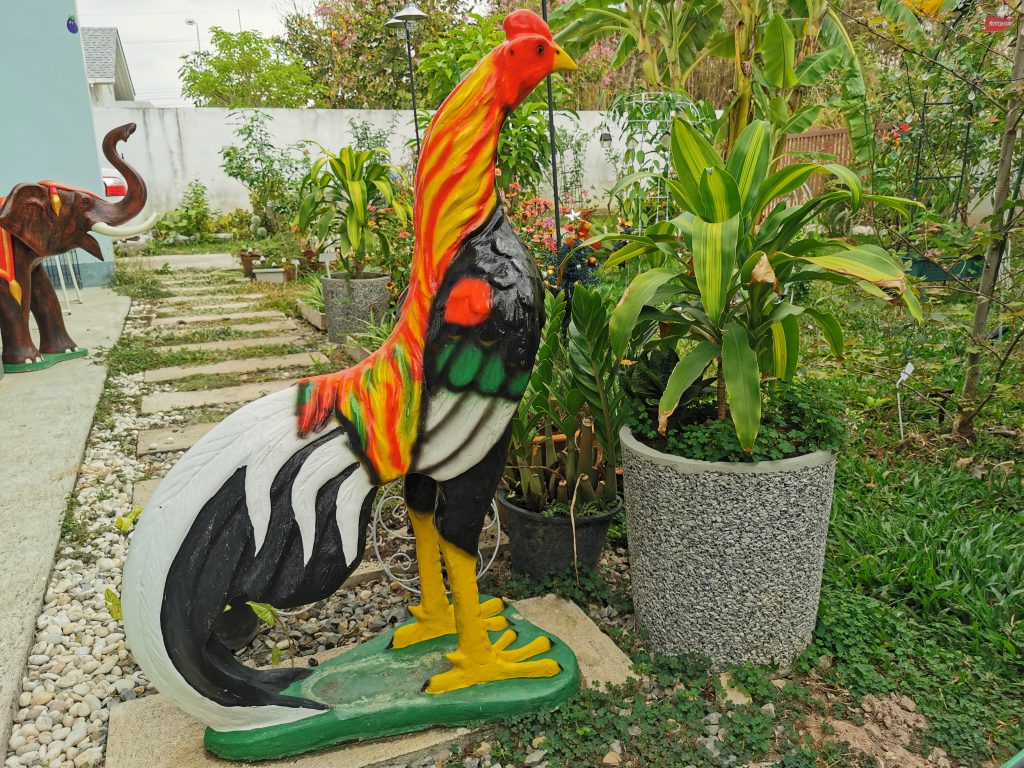
A Feathered Finale
So, the next time you find yourself in Thailand, surrounded by rooster statues of all shapes and sizes, take a moment to appreciate these magnificent birds. They’re not just decorations; they’re guardians of fortune, symbols of hope, and a testament to Thailand’s unique blend of spirituality and humor. Whether they’re perched atop a temple pillar or standing sentinel in a suburban garden, these roosters are here to stay — loud, proud, and utterly unforgettable.
